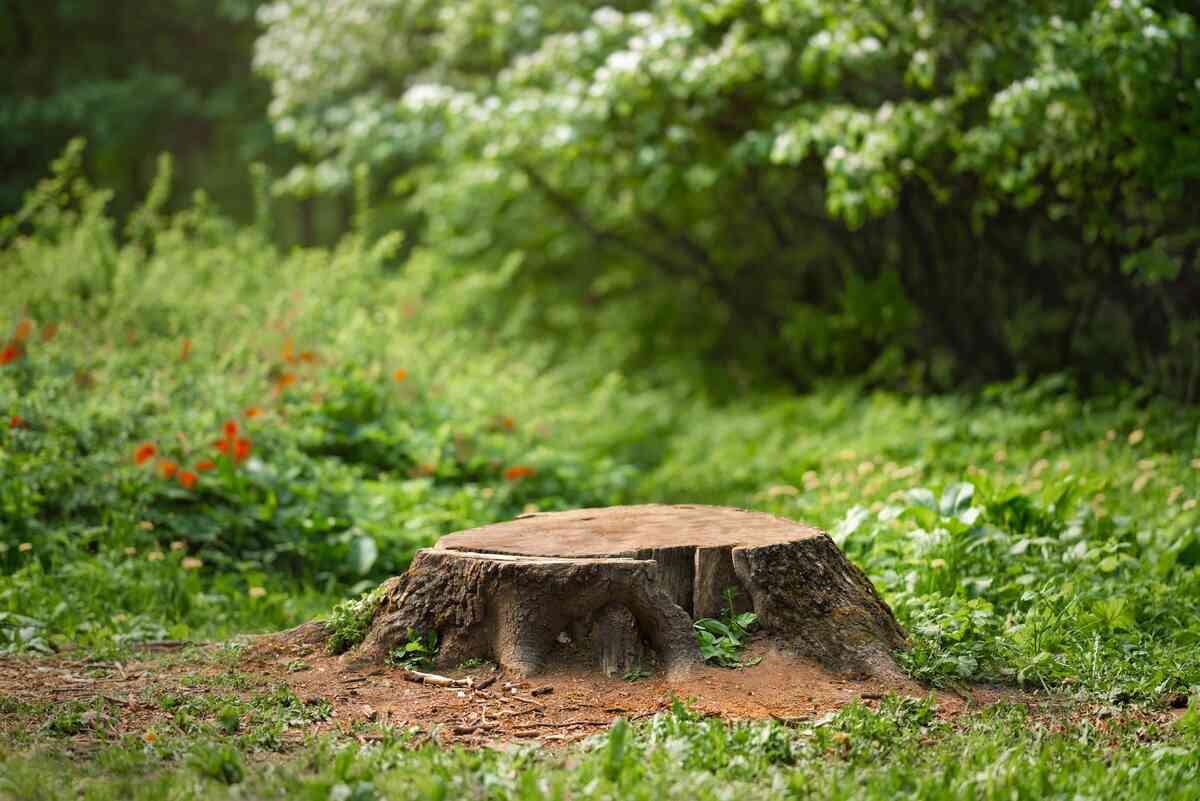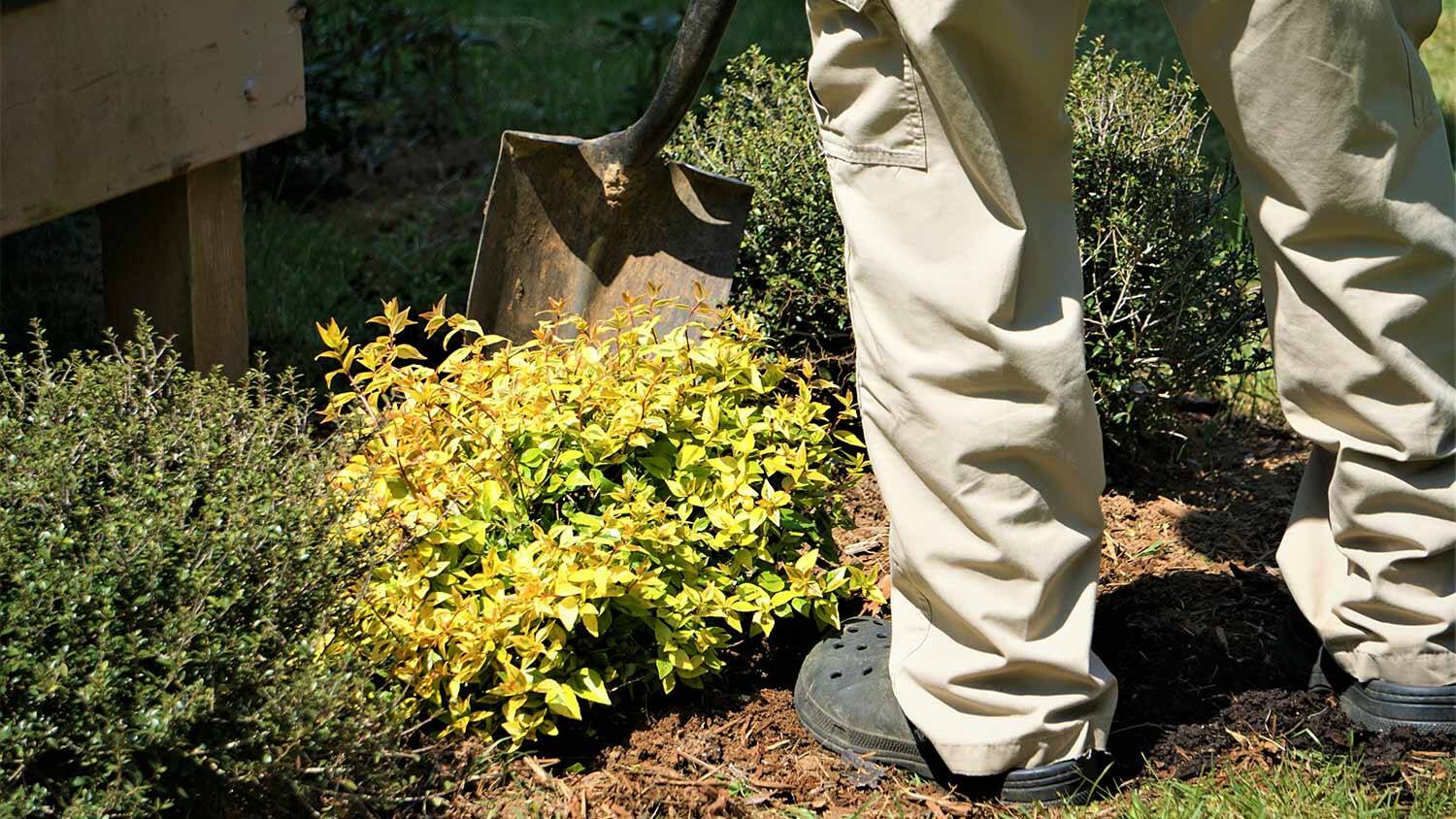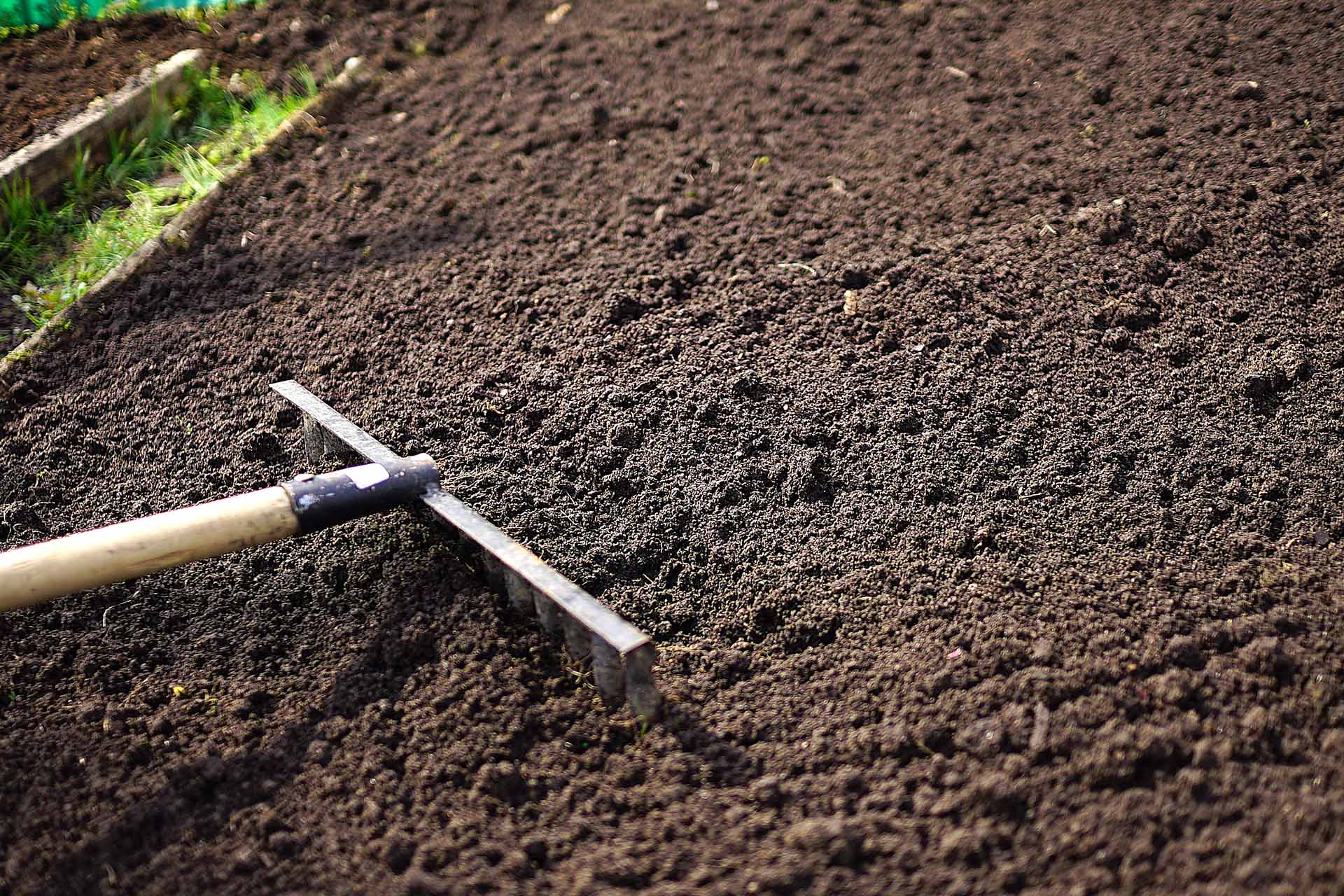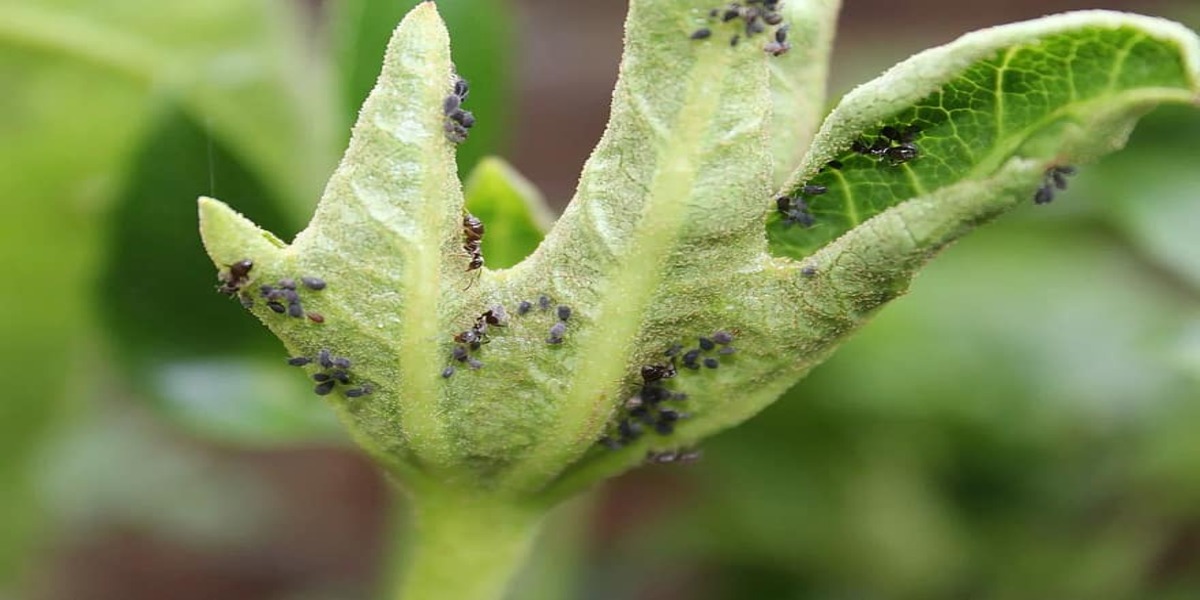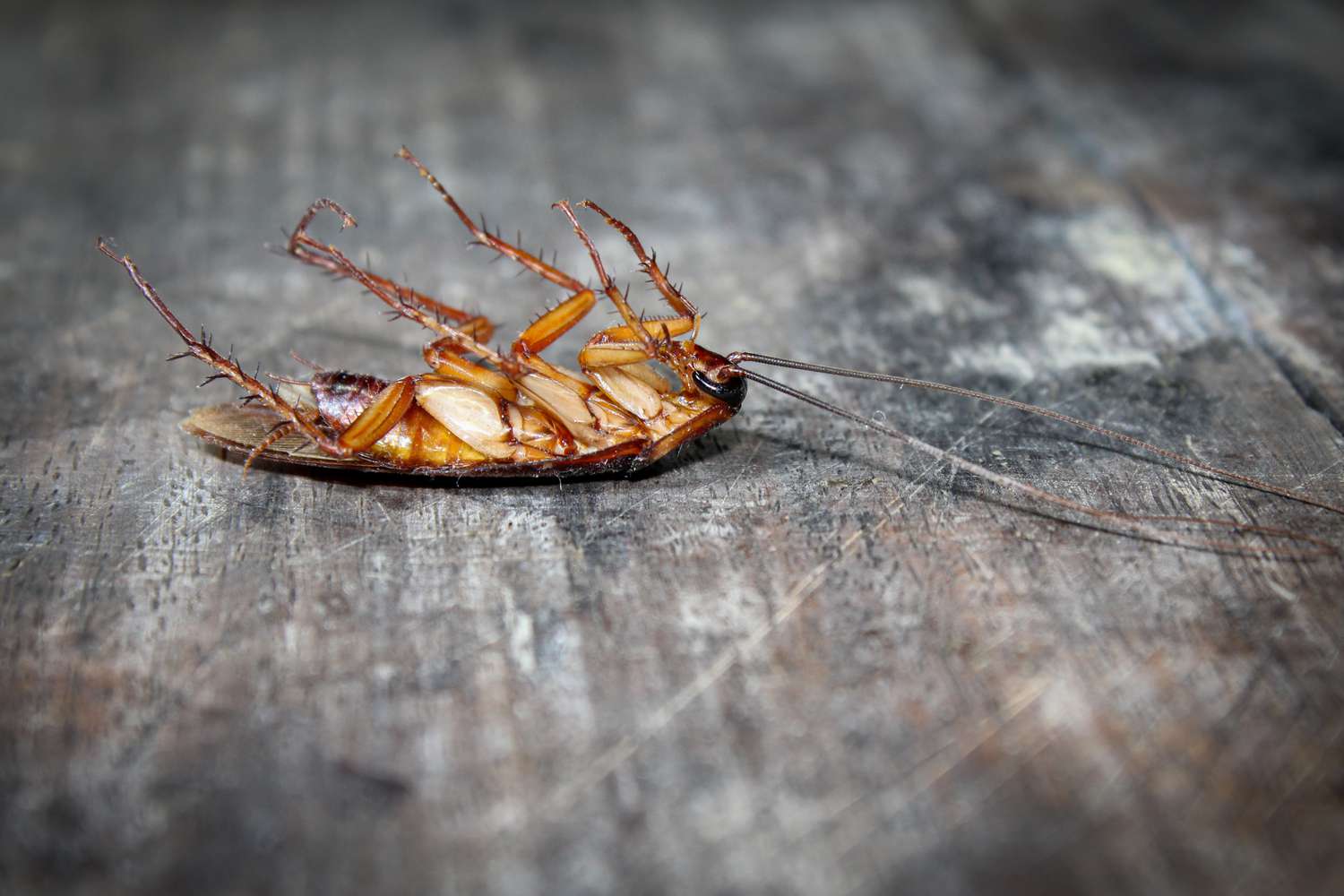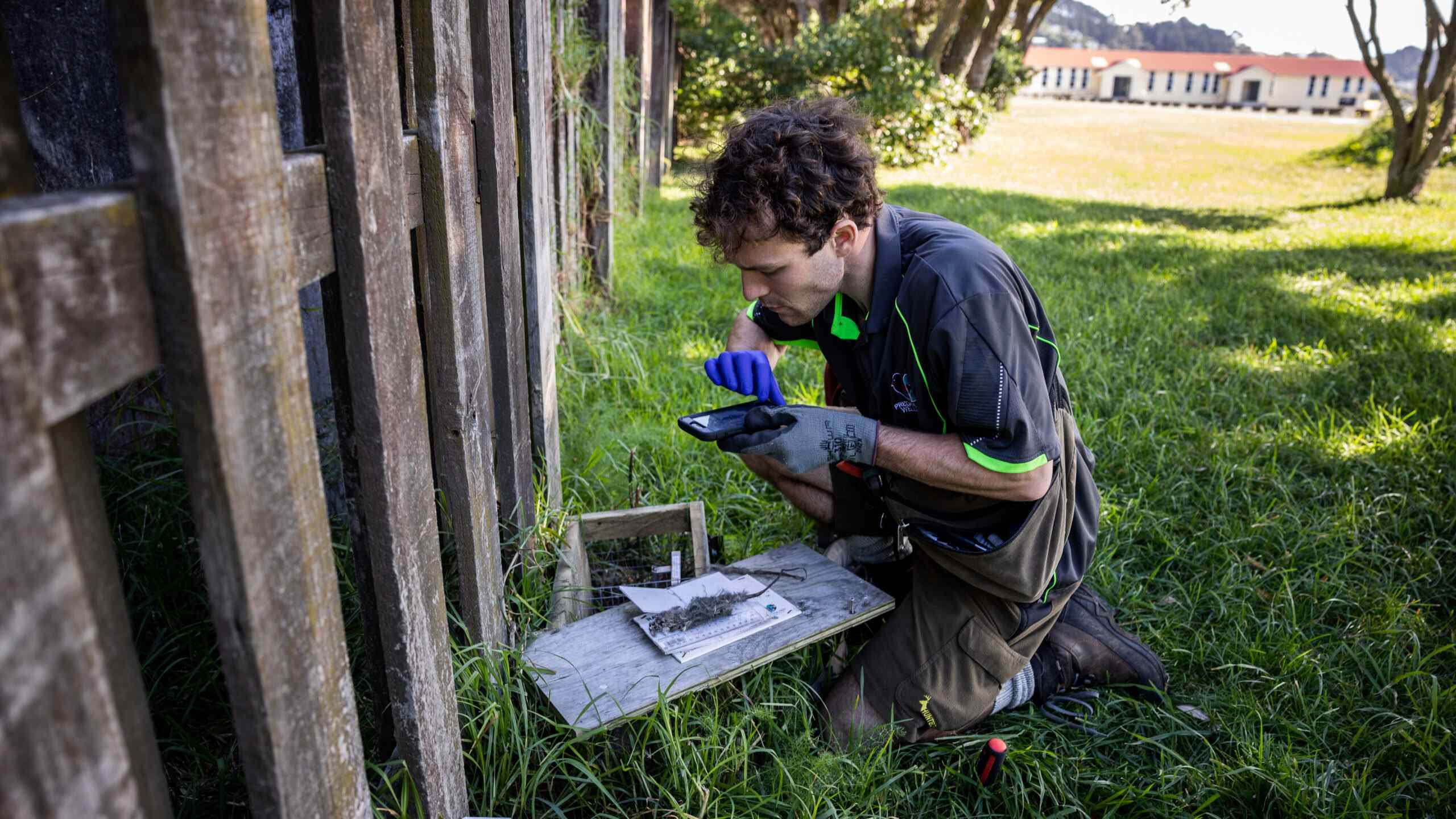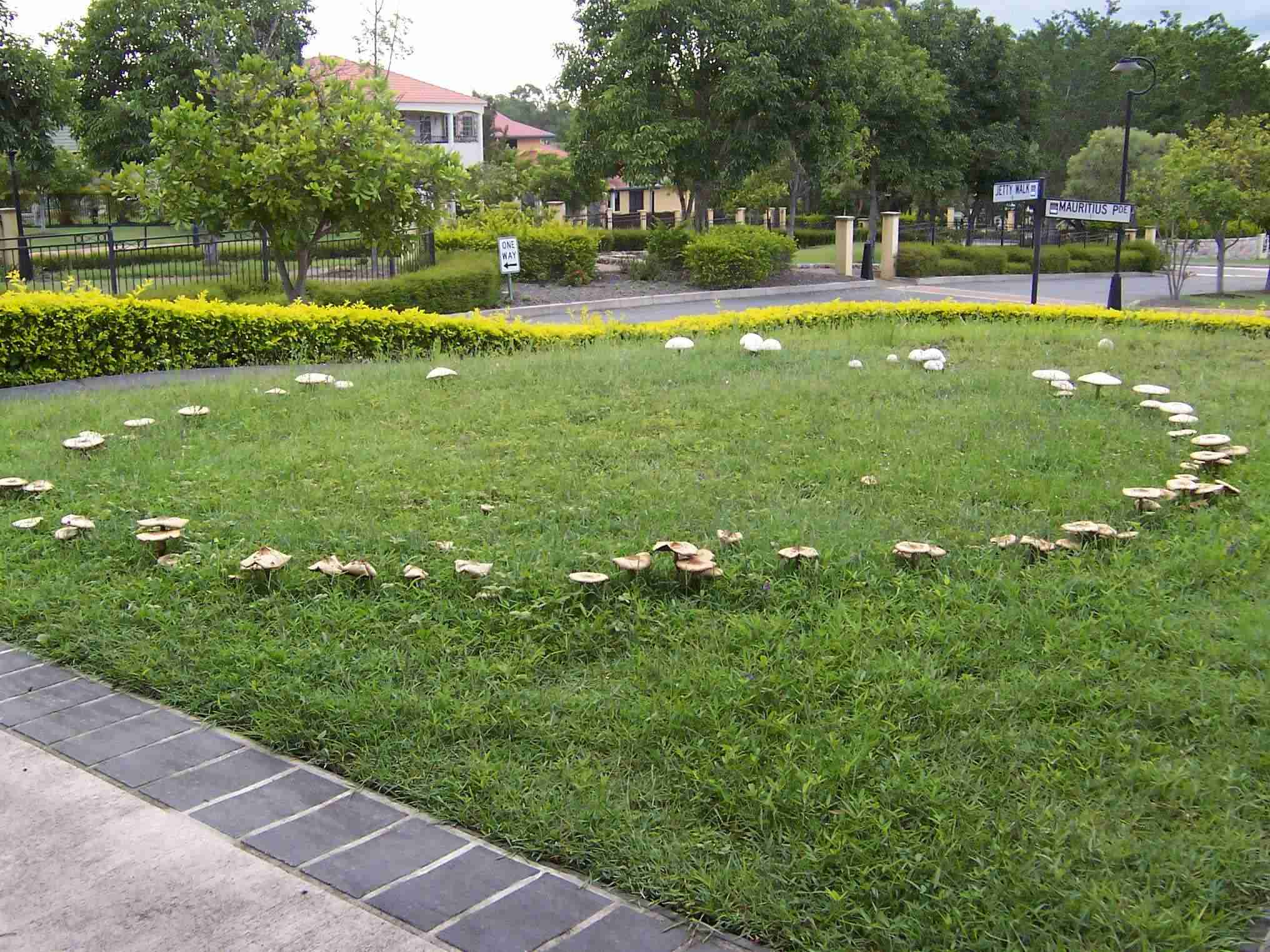Home>Gardening Tips and Tricks>Problem Solving>How To Get Rid Of Bugs In Succulents
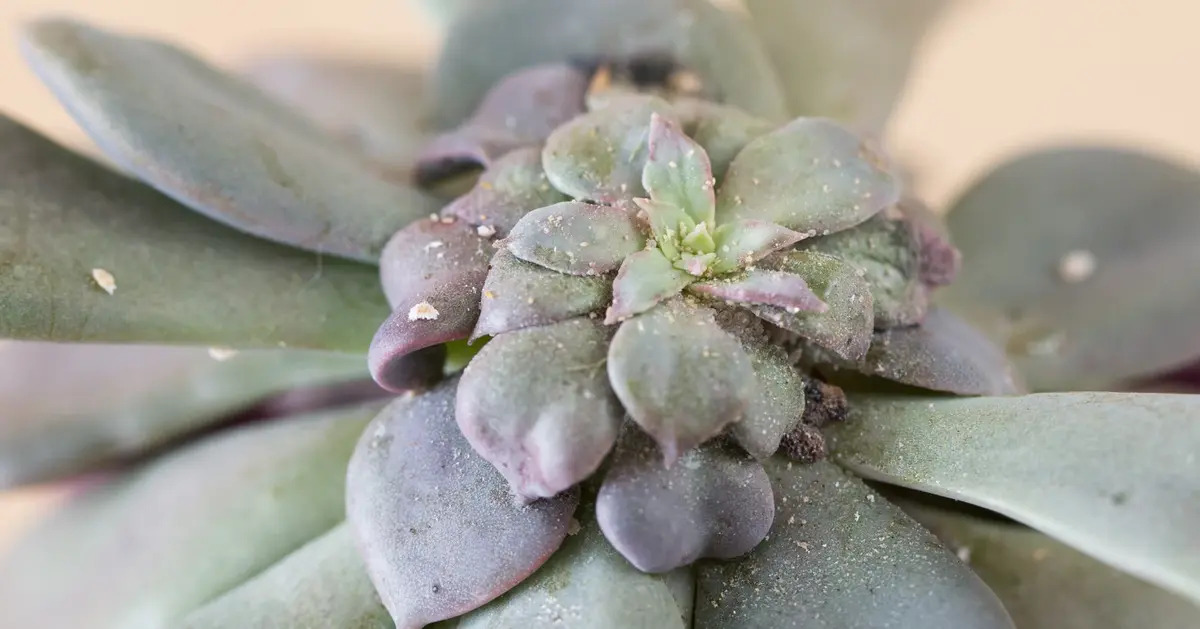

Problem Solving
How To Get Rid Of Bugs In Succulents
Published: December 25, 2023
Learn effective problem-solving techniques to get rid of bugs in your succulents and keep them healthy. Discover expert tips and solutions to eliminate pests and protect your plants.
(Many of the links in this article redirect to a specific reviewed product. Your purchase of these products through affiliate links helps to generate commission for Chicagolandgardening.com, at no extra cost. Learn more)
Table of Contents
Introduction
Introduction
Succulents are renowned for their low-maintenance care requirements and stunning aesthetic appeal, making them a popular choice for both novice and seasoned gardeners. However, one of the most common challenges that succulent enthusiasts encounter is dealing with bug infestations. These tiny pests can wreak havoc on the health and appearance of succulents, causing distress to their caretakers.
In this comprehensive guide, we will explore effective strategies to combat bug infestations in succulents. From understanding the types of bugs that commonly afflict these plants to implementing natural and chemical treatments, we will equip you with the knowledge and tools necessary to tackle this pervasive issue. Additionally, we will delve into preventive measures to safeguard your beloved succulents from future infestations.
Whether you are a passionate succulent aficionado or a newcomer to the world of gardening, this guide will empower you to protect your plants and cultivate a thriving, bug-free succulent sanctuary. Let's embark on this enlightening journey to preserve the beauty and vitality of your cherished succulents.
Understanding the Types of Bugs
Before embarking on the quest to eliminate bugs from your succulents, it is imperative to familiarize yourself with the various types of pests that may take residence in these resilient plants. Understanding the distinct characteristics and behaviors of these bugs will enable you to implement targeted and effective eradication strategies.
1. Mealybugs: These soft-bodied insects are common culprits in succulent infestations. Recognizable by their white, cotton-like appearance, mealybugs tend to congregate in the crevices of succulent leaves and stems, sapping the plants of their vital juices.
2. Aphids: Often found clustered on the tender new growth of succulents, aphids are small, pear-shaped insects that come in various colors, including green, black, and brown. They feed on plant sap and excrete a sticky substance known as honeydew, which can attract mold and further harm the succulents.
3. Spider Mites: These minuscule arachnids are notorious for their destructive impact on succulents. They thrive in warm, dry conditions and are known to cause stippling, discoloration, and webbing on the leaves of infested plants.
4. Scale Insects: Scale insects are characterized by their protective, waxy coverings that shield them from predators and conventional insecticides. These immobile pests attach themselves to succulents and puncture the plant tissue to feed on sap, impeding the plants’ growth and vitality.
5. Fungus Gnats: While not directly harmful to succulents, fungus gnats can be a nuisance and may indicate overly moist soil, which can pose a threat to the plants’ health. These small, dark-colored flies lay their eggs in the soil, and their larvae feed on organic matter and root hairs, potentially weakening the succulents.
By familiarizing yourself with these common succulent pests, you will be better equipped to identify and address infestations promptly, safeguarding the well-being of your cherished plants.
Identifying Bug Infestations in Succulents
Recognizing the signs of bug infestations in succulents is crucial for implementing timely interventions and preventing further damage. By honing your observational skills and understanding the indicators of pest presence, you can protect your succulents from the perils of unchecked infestations.
1. Visual Symptoms: Inspect the leaves, stems, and soil of your succulents for visual cues of infestation. Look for white, cottony clusters indicative of mealybug colonies, tiny aphids congregating on new growth, or the fine webbing and stippling marks left by spider mites.
2. Leaf Damage: Examine the foliage of your succulents for signs of damage, such as yellowing, wilting, or distorted growth. Certain pests, like scale insects, can cause yellow or brown spots on the leaves, signaling their detrimental presence.
3. Sticky Residue: Check for the presence of sticky honeydew on the leaves and stems of your succulents. This sugary excretion is a telltale sign of aphid infestations and can attract sooty mold, further compromising the plants’ health.
4. Soil Disturbances: Keep an eye on the soil surface for the emergence of tiny, dark-colored flies, which may indicate a fungus gnat infestation. Additionally, observe the soil for any unusual movement or the presence of larvae, which could signify an underlying pest issue.
5. Plant Stress: Monitor your succulents for signs of stress, such as stunted growth, decreased vigor, or an overall decline in health. Pests can drain the plants of essential nutrients and moisture, leading to visible manifestations of distress.
By vigilantly assessing your succulents for these telltale signs of bug infestations, you can promptly address any pest-related challenges and restore your plants to a state of flourishing vitality.
Natural Remedies for Bug Infestations
When combating bug infestations in succulents, employing natural remedies can offer an effective and environmentally friendly approach to pest control. These remedies harness the power of natural ingredients to repel, suffocate, or deter pests without compromising the well-being of the plants or the surrounding ecosystem.
1. Neem Oil: Derived from the seeds of the neem tree, neem oil serves as a potent insecticide and repellent. Its active compounds disrupt the feeding and reproductive cycles of pests, making it an invaluable tool in combating aphids, mealybugs, and spider mites in succulents.
2. Insecticidal Soap: Formulated from natural fatty acids, insecticidal soaps effectively target soft-bodied pests like aphids, whiteflies, and spider mites. When applied to succulents, these soaps penetrate the pests’ protective coatings, leading to their dehydration and eventual demise.
3. Horticultural Oils: Horticultural oils, such as mineral oil or plant-based oils, can smother and suffocate pests while disrupting their respiratory functions. These oils are particularly adept at controlling scale insects, mealybugs, and spider mites without leaving harmful residues on the succulents.
4. Beneficial Insects: Introducing predatory insects, such as ladybugs and lacewings, to your succulent garden can establish a natural balance by preying on common pests. These beneficial insects are formidable allies in controlling aphid, mealybug, and scale insect populations, offering a sustainable pest management solution.
5. Diatomaceous Earth: Composed of fossilized diatoms, diatomaceous earth acts as a desiccant, absorbing the waxy outer layers of insects and causing dehydration. When carefully applied to the soil surface around succulents, it can deter crawling pests like ants and prevent future infestations.
By harnessing the power of these natural remedies, you can effectively combat bug infestations in succulents while upholding the integrity of your gardening practices and the well-being of the environment.
Chemical Treatments for Bug Infestations
While natural remedies offer eco-friendly alternatives for managing bug infestations in succulents, certain situations may necessitate the use of chemical treatments to effectively eradicate persistent pests. When employing chemical interventions, it is crucial to prioritize the safety of the succulents, the surrounding environment, and the individuals involved in the application process.
1. Systemic Insecticides: Systemic insecticides, available in granular or liquid formulations, are absorbed by the succulents and translocated throughout the plant’s vascular system. These products can provide long-lasting protection against a spectrum of pests, including aphids, mealybugs, and scale insects.
2. Contact Insecticides: Contact insecticides are designed to directly target and eliminate pests upon application. They act swiftly to disrupt the physiological functions of insects, offering effective control of aphids, spider mites, and other common succulent pests.
3. Residual Sprays: Residual sprays create a lasting barrier of protection on the surfaces of succulents, deterring pests and preventing reinfestation. These formulations are particularly useful for controlling crawling insects, such as ants and mealybugs, while minimizing the need for frequent reapplication.
4. Fumigants: In cases of severe infestations or hard-to-reach pests, fumigants can be employed to permeate the soil and plant crevices, eradicating hidden insects and their eggs. Careful application and adherence to safety guidelines are paramount when utilizing fumigants in succulent care.
5. Growth Regulators: Growth regulators disrupt the development and reproduction of insects, offering a targeted approach to pest control. By interfering with the molting process and inhibiting egg hatching, these regulators can effectively manage populations of mealybugs, aphids, and scale insects.
When considering chemical treatments for bug infestations in succulents, it is essential to exercise caution, follow product instructions diligently, and prioritize the well-being of the plants and the broader ecosystem. Integrated pest management approaches that combine chemical treatments with natural remedies and preventive measures can foster a balanced and sustainable strategy for succulent pest control.
Preventing Future Bug Infestations
Implementing proactive measures to prevent future bug infestations is essential for maintaining the health and vitality of succulents. By integrating preventive strategies into your succulent care routine, you can fortify the plants against potential pest threats and create an environment that discourages infestations.
1. Optimal Growing Conditions: Cultivating succulents in environments that mimic their natural habitats can bolster their resilience against pests. Providing adequate sunlight, well-draining soil, and appropriate air circulation can promote robust growth and minimize the susceptibility of succulents to infestations.
2. Regular Inspections: Routinely inspecting your succulents for early signs of pest activity is crucial for prompt intervention. By closely monitoring the plants for visual cues, such as sticky residues, distorted growth, or unusual discoloration, you can detect and address potential infestations before they escalate.
3. Soil Maintenance: Maintaining well-draining soil and avoiding overwatering can deter pests like fungus gnats, which thrive in moist environments. Additionally, periodically aerating the soil and removing debris can mitigate the conditions conducive to pest proliferation.
4. Quarantine and Monitoring: When introducing new succulents to your collection, quarantine them for a period to monitor for any latent pest issues. This precautionary measure prevents the inadvertent spread of pests to established plants and allows for early detection and treatment, if necessary.
5. Natural Predators: Encouraging the presence of beneficial insects, such as ladybugs and lacewings, in your garden can establish a natural defense against common succulent pests. Creating habitats that attract these predators, such as nectar-rich flowers and diverse plantings, can foster a balanced ecosystem that mitigates pest pressures.
6. Pruning and Sanitation: Regularly pruning and removing dead or infested plant parts can thwart pest infestations and enhance the overall health of succulents. By practicing diligent sanitation and promptly addressing any pest-related issues, you can prevent the spread of infestations to unaffected plants.
By integrating these preventive measures into your succulent care regimen, you can create an inhospitable environment for pests and fortify your plants against potential infestations, fostering a thriving and resilient succulent sanctuary.
Conclusion
Embarking on the journey to safeguard your succulents from bug infestations is an endeavor that requires vigilance, knowledge, and a proactive approach. By understanding the types of bugs that commonly afflict succulents and honing your ability to identify infestations, you can intervene effectively and mitigate potential damage to your cherished plants.
Whether you opt for natural remedies, chemical treatments, or a combination of both, the key lies in prioritizing the well-being of your succulents and the surrounding ecosystem. Harnessing the power of natural ingredients and sustainable pest management practices can not only combat infestations but also uphold the integrity of your gardening ethos.
Moreover, by implementing preventive measures and creating an environment that fosters the resilience of your succulents, you can fortify the plants against future pest threats, nurturing a space where they can thrive and flourish unhindered by the perils of infestations.
As you navigate the intricacies of succulent care and pest management, remember that each challenge presents an opportunity to deepen your connection with these remarkable plants and refine your skills as a caretaker. Your dedication and conscientious efforts will undoubtedly yield a bountiful and thriving succulent haven, where the beauty and resilience of these captivating plants can shine unencumbered.
Armed with the insights and strategies presented in this guide, you are poised to embark on a journey of succulent stewardship that transcends the adversities of bug infestations, creating an oasis of natural splendor and vitality. Embrace the art of succulent care with confidence, knowing that you are equipped with the knowledge and resources to protect and nurture these remarkable plants for years to come.
